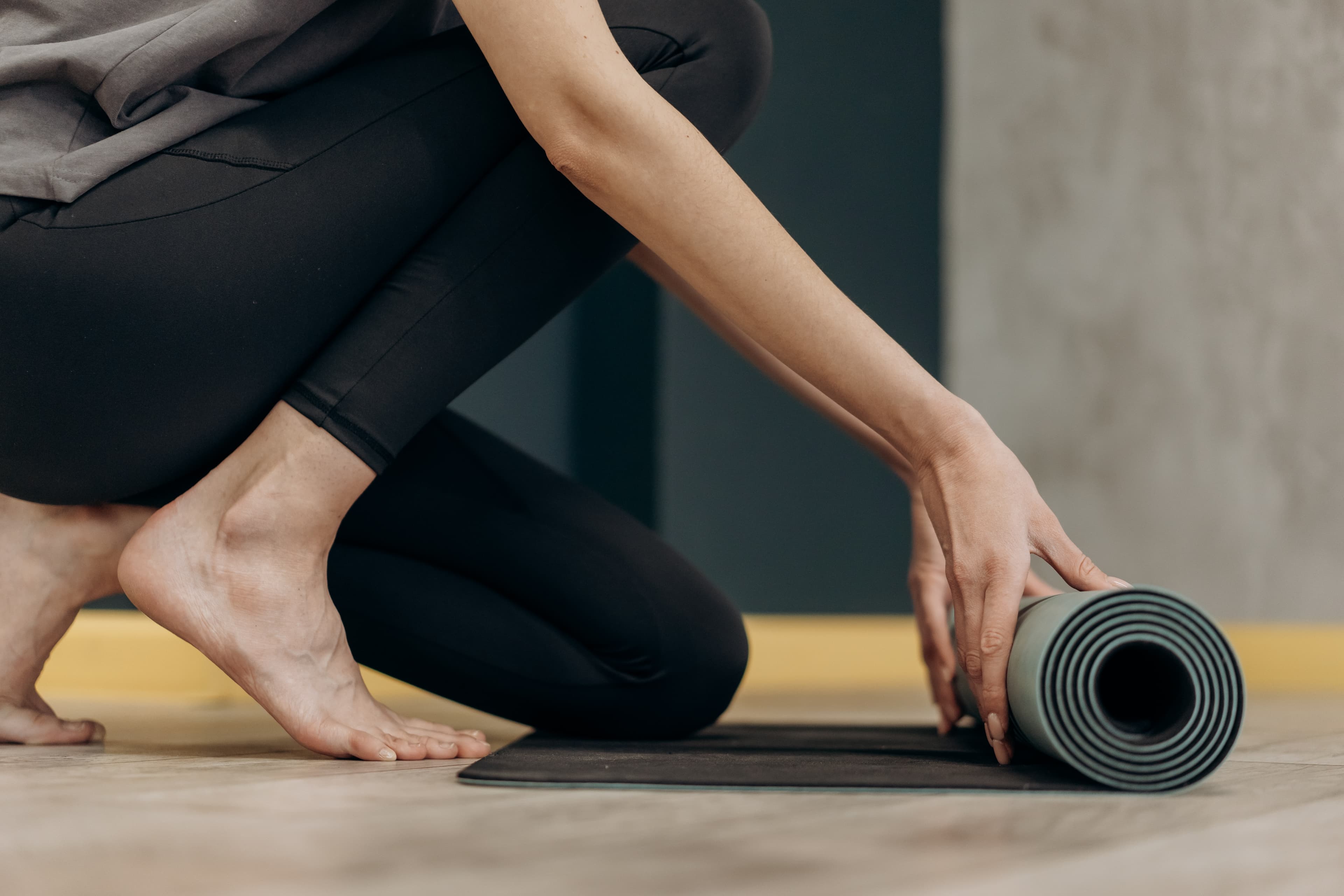Here’s the bad news: The likelihood of a fall after 40 is staggering. One out of every two women over 50, and one out of every four men, will suffer osteoporosis-related fractures.
If osteoporosis has started to thin your bones, or the bones of a loved one, even a minor slip can have serious consequences. The National Osteoporosis Foundation reports than 10 million people have osteoporosis, and nearly 34 million more have low bone mass, which means they are at higher risk for fractures.
Most breaks occur in the hip, spine, or wrist, and about twenty percent of older people who suffer breaks fail to regain the independence they had before the injury. Even worse, about one out of four die who break a hip pass away within a year of the incident.
The good news? It’s not too late to protect yourself or your loved one. Even if you have thin bones or have already suffered at least one fracture, you can take a few simple steps to prevent future breaks.
1. Get tested.
One of the first steps to avoiding a fracture is by understanding your risk. A bone density scan if fast and easy, and can gauge the strength of your bones. If they’re not where they should be, your doctor can help you plan ways to protect them. The National Osteoporosis Foundation recommends that all women 65 and over get bone density scans, along with postmenopausal women at high risk for osteoporosis, and any man or woman over 50 who has already fractured a bone.
2. Price shop.
A typical X-ray scan costs about $300, and that cost historically kept many people from getting tested. Fortunately, Medicare began covering tests in 1998, which allows the majority of women over 65 to get screened at little or no cost. If you’re not covered, keep in mind that most doctors have portable ultrasound scanners that are able to quickly gauge bone strength at a fraction of the cost of an X-ray. Keep in mind that if you are deemed to be at risk for osteoporosis, a follow-up standard X-ray will be required to confirm the diagnosis.
3. Take your vitamins.
Calcium and vitamin D provide some serious protection against fractures. Tufts University performed a three-year study of almost 400 people over the age of 65 and found that 500 milligrams of calcium per day and 700 iu of vitamin D daily cut the risk of broken bones in half. Calcium can also be found in dark leafy greens, and both nutrients can be ingested through dairy products and fortified cereals.
4. Move more.
The National Institute on Aging and NASA (yes, that NASA) partnered to determine the effects of weightlessness on the human body. They found that minus the effect of gravity, astronauts’ bones and muscles begin to deteriorate in space, which closely parallels what happens to aging land-dwellers who lead sedentary lifestyles. There’s a solution! Walking, running, dancing, martial arts, and light weightlifting can all improve bone density while providing agility and extra balance to prevent falls.
5. Accident-proof your body.
The best protection you can offer your bones is simply staying upright. Ask your doctor whether any of the medications you take could throw off your balance, and, if so, ask if there’s an alternative. Consume alcohol lightly, as it can make you dizzy and unsteady. Wear sturdy shoes with rubber soles or non-slip socks and move tripping hazards such as cords, wires, and throw rugs, out of your walking path. Don’t climb chairs or ladders to grab high-stored items; instead, use a handheld reacher. Ensure that all stairways have handrails and nonskid treads and place rubber mats near the stove and sink in your kitchen.
6. Reconfigure your bedroom and bathroom.
Many slips and falls happen in the morning or late at night during sleeping hours or bathroom visits. If you’re unsteady upon waking, consider a bed assist handle. Install grab bars and place nonskid mats or strips in your shower and tub. If you have a spring rod for your shower curtain, consider replacing it with a screw-in rod, which will offer more support if you fall and need to grab something.
7. Eat your carrots.
Protect your eyes as much as possible through diet, but also have your vision checked regularly to ensure you have the right prescription and that you don’t have vision-limiting glaucoma or cataracts.
Keep in mind that up to half of all senior falls happen outdoors, on curbs or bumps. Pay very close attention to your environment and avoid any slippery or uneven surfaces, which can make even the healthiest person take a nasty spill.


